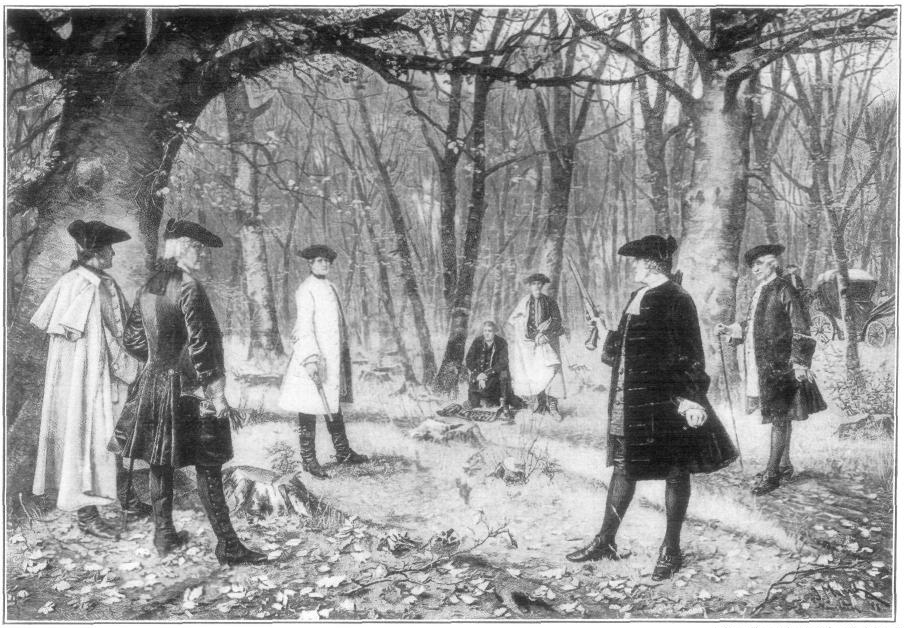One warm summer night in 1881, a scrawny, nervous man sat in his boarding house a few blocks from the White House. Outside his window, gaslights flickered and horses clopped over cobblestones, but Charles Guiteau barely noticed. For six weeks now, a divine inspiration had festered in his fevered brain. The president, God told Guiteau, had to be “removed.”
Since early June, the lunatic had stalked the president with gun in hand. Enraged at James Garfield for fracturing the Republican Party, convinced that the split would precipitate a second civil war, Guiteau pursued his prey with single-minded calculation. One Sunday he aimed at Garfield through a church window; the following Saturday he crouched in a train depot as the president walked past, but spared him out of pity for the ailing wife clinging to her husband’s arm. A few mornings later, the little man waited along the Potomac, where the president often rode. No horse passed. Now Guiteau could wait no longer, and he began a letter to be delivered the next day:
To Gen. Sherman:
 Abner Doubleday Journal
Abner Doubleday Journal



